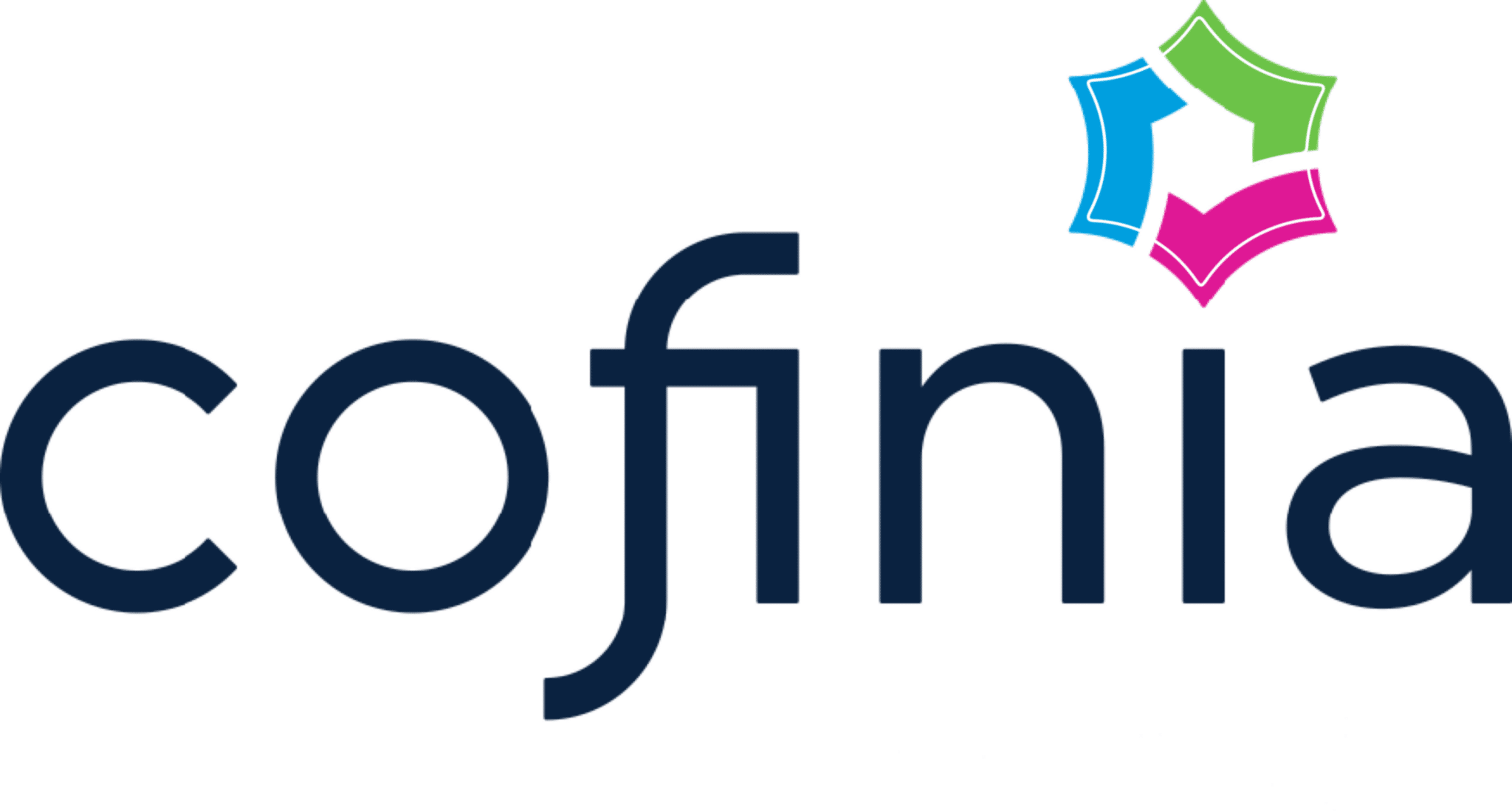 The debenture is a long-term financing instrument used mainly by companies that have a regular source of income. In recent years, we have regularly seen this type of financing for start-ups, which need to provide funds to accelerate their growth.
The debenture is a long-term financing instrument used mainly by companies that have a regular source of income. In recent years, we have regularly seen this type of financing for start-ups, which need to provide funds to accelerate their growth.
Companies and governments frequently issue debentures to increase their capital and develop new projects. Over the past decade, the Canadian convertible debenture market has experienced strong growth. However, the risks associated with this type of financing remain little known.
What is a debenture?
A debenture is an unsecured debt obligation, issued by a civil or governmental company and guaranteed only by the creditworthiness and reputation of the issuer, and not by a guarantee.
It is concluded by an agreement in the form of a contract between the issuer (debenture applicant) and the investor.
The debenture, also called an unsecured bond , is recorded as a debt on the issuing company’s balance sheet.
Its main objective is to increase the funds of a company to support its development and the management of its long-term financial activities. Generally, debentures are issued by large companies with a credit rating of AAA, but more and more start-ups are accessing this type of debt to finance their growth.
Difference Between Convertible and Non-Convertible Debentures
Convertible debentures
Convertible or exchangeable debentures are bonds that can be converted into equity shares of the issuing company after a specified period. Convertible debentures are hybrid financial products offering both the benefits of debt and equity.
Companies use debentures as loans by paying fixed interest. However, debenture holders have the option of holding the loan until maturity and receiving interest payments or converting the loan into equity shares.
Convertible debentures are increasingly used in Canada. Today, the convertible debenture market is over $14 billion ( Source ).
Non-convertible debentures
Non-convertible debentures are ordinary debentures that cannot be converted into equity of the issuing company. The investor bears more risk if his debenture is non-convertible , as he cannot enjoy the benefits of the equity generated by the conversion.
In doing so, in order to offer a product that respects the risk-return relationship, the interest rate will be higher under the non-convertible debenture and therefore allows the investor an additional return.
Debenture vs. Obligation
The debenture is a form of obligation, but it is not secured by specific assets. Bonds are the common forms of debt for large public companies, municipalities and governments and are generally considered a more secure investment than debentures because there is less risk of default by the issuing company. We generally see less bond financing in the financing of start-up companies.
In the case of a bond, the maturity varies between 1 year and 30 years and the expected return comes from two factors:
-
-
- The payment of interest
- The difference between the sale price of the bond and the price paid for the bond
-
If the issuing company is dissolved, the holder is entitled to a portion of the remaining assets of the company (priority over shareholders).
Characteristics of a debenture
An expensive written instrument (it is said that it is not expensive vs lower shares, the title is a bit confusing with the description given below? We could write as subtitle: Contractual agreement?)
An oral promise in recognition of a debt is not a debenture. A trust deed must first be drawn up. The trust is an agreement between the issuing company and the trustee who manages the interests of the investors.
The coupon rate
The coupon rate is the interest rate that the issuing company periodically pays to the debenture holder or the investor. This rate can be fixed or floating. A high rate implies riskier debt securities and a low rate means less risky debt securities. The coupon rate also depends on whether the debenture is convertible or not.
Credit rating
The credit rating is an important indicator of the creditworthiness of the issuing company. Following the investment, an improvement in the credit quality of the issuing company is good news, because it decreases the probability of defaulting on future payments, while a deterioration in it increases the probability of default.
The due date
The maturity date is the date on which the company must repay the debenture holders. There are various alternatives for reimbursement. Most often, it is a redemption of capital where the issuer pays a lump sum when the debt matures.
How Debentures Work
The debenture provided by the borrower constitutes a bilateral contract including the characteristics of the financial instrument such as the loan amount, convertibility, interest rate and maturity date.
After signing the contract, the investor lends the funds to the applicant for the debenture. In return, the issuer would have to make periodic repayments determined according to the interest rate indicated in the contract.
Sample debenture: Goodfood Market
Since private companies don’t really disclose their financial data, here is an example of a Canadian public company that recently raised convertible debenture financing.
In February 2020, Canadian online grocery company Goodfood Market completed a $30 million convertible debenture offering to fund the construction of a new grocery fulfillment flagship in line in Toronto.
The debentures will have an annual coupon of 5.75%, redeemable at maturity on March 31, 2025 and payable semi-annually. The conversion price of the debentures is $4.70 per share ( Source ).
The company offering online grocery delivery services therefore benefits from $30 million in financing. In exchange, the company guarantees the repayment of this capital on March 31, 2025 and also undertakes to pay a half-yearly coupon to investors of 5.75% annually. On the other hand, with a good performance of the company, the convertible debentures can be exercised at a price of $4.70 by investors and this, at any time before the maturity date. By opting for this method of financing, Goodfood obtains cash more quickly than by issuing new shares, at a lower cost and with a non-immediate dilution of the shareholding.
Advantages and disadvantages of debentures
Advantages of Debentures
For the lender:
-
-
- Due to the possibility of conversion, convertible debentures pay a lower coupon than traditional bonds. Non-convertible debentures pay a coupon that approximates the traditional bond.
- The transferability of the debenture between the funders; that is to say, an investor can assign his debenture to another. The debenture is therefore a flexible means of financing and allows investors in a start-up business to adapt to the changing reality of the entrepreneur.
- The main advantage of a convertible debenture is that it allows debt to be converted into equity, in the event that an increase in the value of the shares is anticipated. This asset allows those who invest in an SME to benefit from the return on equity once the debenture is converted.
- In the event of bankruptcy of a company, the debenture is paid before the ordinary shareholders (if we have not made our conversion).
-
For the transmitter:
-
-
- Convertible debentures are a faster and less expensive means of financing than equity financing.
- Although included as a liability in the Balance Sheet, convertible debentures are considered quasi-equity when calculating financial ratios. Thus, debt ratio calculations are better than with regular debt financing.
- The convertibility feature of debentures makes it possible to attract a certain clientele of investors and therefore promotes access to financing.
-
-
-
- Does not dilute shareholding until debentures are converted into shares.
-
Disadvantages of the debenture
For the lender:
-
-
- The debenture’s fixed interest rate may involve losses if it does not match inflation and rising financial market interest rates.
-
For the transmitter:
-
-
- If the borrower fails to repay the loan, he may suffer losses greater than the amount of the debenture.
-
What are the risks associated with convertible debentures?
Despite all the advantages presented by convertible debentures, they are not excluded from certain risks relating to the approach of the maturity date, the decline in equity of the company and the fluctuation of the financial market.
Here are some risks associated with convertible debentures:
Liquidity risk
Companies committed to convertible debentures find it difficult to refinance their portion of the debt as they approach the maturity date. This risk arises because there are not enough unencumbered assets to give to a senior secured investor.
Risk of shareholder dilution and actual loss of ownership
Under certain conditions where the issuing company does not have the means to pay its convertible debentures or is unable to refinance them, it could reimburse the lenders by converting the debentures into equity, which could involve considerable dilution for the current shareholders.
Formal restructuring risk
Corporate issuers that are unable to modify, extend or refinance their convertible debentures prior to the maturity date may be required to enter into a formal restructuring arrangement. Maturing debenture issues may also involve covenants with senior lenders.
Manage the financial risks of your SME with a specialist
Need funding ?
As mentioned previously, the debenture is a means of long-term financing that is useful for supplying the funds of a company and developing economic activities requiring large budgets.
At the same time, it is wise to set up a financial projection to optimize the profitability of the debenture and avoid any risk related to the interest rate or the fluctuation of the financial market.
With this in mind, Cofinia , a specialist in accounting management , financial management and business intelligence , provides you with its know-how to support you throughout your debenture procedure. Cofinia’s financial experts offer you the best financial strategy taking into account the cash flow, balance sheet and desired results of your SME.
Thanks to optimized financial projections, you can detect any gaps and see if your business plan is realistic or not before starting the loan application process.
If you need more information and personalized financial support based on high-performance digital models , do not hesitate to book a meeting with one of our experts.
Contact us


